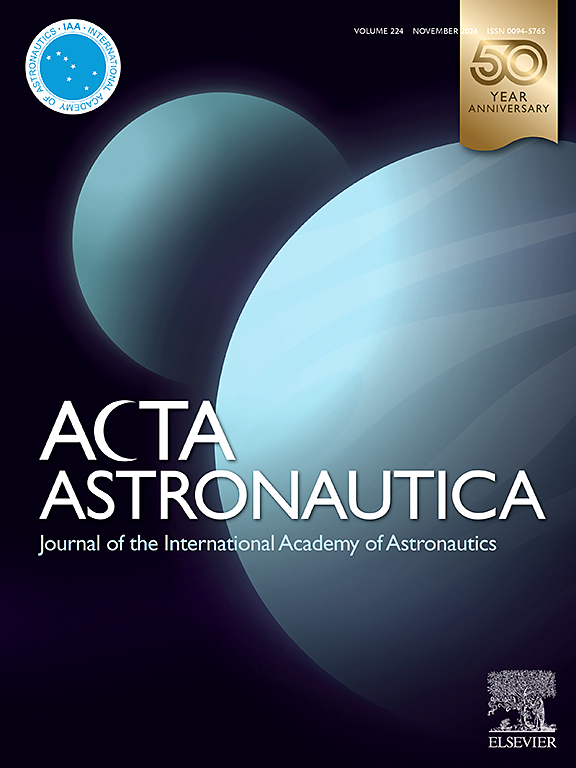Laser utilization in outer space: Institutional bottleneck and prospects
IF 3.1
2区 物理与天体物理
Q1 ENGINEERING, AEROSPACE
引用次数: 0
Abstract
The application of space technology encompasses not only technological aspects but also legal applications. Establishing international regulations that effectively govern the risks associated with space lasers is crucial to ensure space security and long-term sustainability. Dual-use laser technology has widespread applications within space activities, such as ranging and tracking, security defence, and resource exploitation. The legality of employing lasers in outer space varies depending on intentions, laser thresholds, and behavioural modes, encompassing provisions related to the deployment and use of space weapons and general international laws governing the use of force outlined in UNGA resolutions. However, both legally binding “hard law” measures and non-legally binding “soft law” face challenges when defining, regulating, and restricting the utilization of lasers in outer space. Given the complex circumstances arising from advancements in space laser technology and its applications, relevant international rules should further interpret existing “hard law” while actively reinforcing certainty and enforceability through strengthened implementation of “soft law”. Efforts should be directed towards promoting synergistic interpretation and application of diverse sources within international law frameworks to enhance global effectiveness in governing space security.
求助全文
约1分钟内获得全文
求助全文
来源期刊

Acta Astronautica
工程技术-工程:宇航
CiteScore
7.20
自引率
22.90%
发文量
599
审稿时长
53 days
期刊介绍:
Acta Astronautica is sponsored by the International Academy of Astronautics. Content is based on original contributions in all fields of basic, engineering, life and social space sciences and of space technology related to:
The peaceful scientific exploration of space,
Its exploitation for human welfare and progress,
Conception, design, development and operation of space-borne and Earth-based systems,
In addition to regular issues, the journal publishes selected proceedings of the annual International Astronautical Congress (IAC), transactions of the IAA and special issues on topics of current interest, such as microgravity, space station technology, geostationary orbits, and space economics. Other subject areas include satellite technology, space transportation and communications, space energy, power and propulsion, astrodynamics, extraterrestrial intelligence and Earth observations.
 求助内容:
求助内容: 应助结果提醒方式:
应助结果提醒方式:


